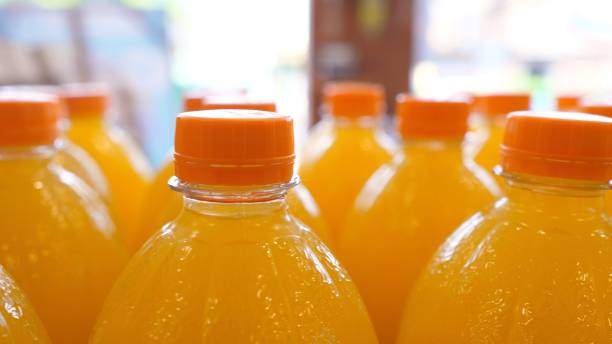Effect of Beverage Composition on RFID Performance Using PET Bottles
February 2024
Ethan Claucherty, Danielle Cummins and Bahar Aliakbarian of Michigan State’s Axia Insitute and Angelica Rossi of the University of Genoa, Genoa Italy were recently published in Foods Journal.
This study contributes to the existing body of knowledge by unveiling a novel aspect—how food products interact with UHF RFID technology, thereby enhancing our understanding of their influence on the performance of RFID-enabled packaging. In this study, three different commercially available UHF RFID tags were used on PET bottles filled with simulated apple and orange juice compositions as well as the equivalent commercially available juices. The major performance parameters including tag sensitivity, read range, and orientation patterns were determined. We focused on the PET as one of the major types of packaging used for beverages. We also focused on apple and orange juice to represent beverages with sucrose and citric acid, two factors that can affect the dielectric property of the product, thus influencing RFID performance.
The results underscore the importance of tailoring RFID tag designs to specific applications and highlight the significant influence of material on RFID tag performance. This endeavor will not only refine RFID tag design for food and beverages but also assume a pivotal role in bolstering food safety, reducing food waste, and optimizing the efficiency of supply chains. This impact is particularly significant in critical sectors such as food and pharmaceuticals.

Partnerships:
Collaborating for Success
Bridging the gap from theory to real-world application.
Education:
Developing Your Skills
Graduate studies, certificate programs and seminars in value chain creation and optimization.
Contact:
The Axia Institute
Have questions? Learn more about how you can get involved with The Axia Institute.
